Mulching Guide:
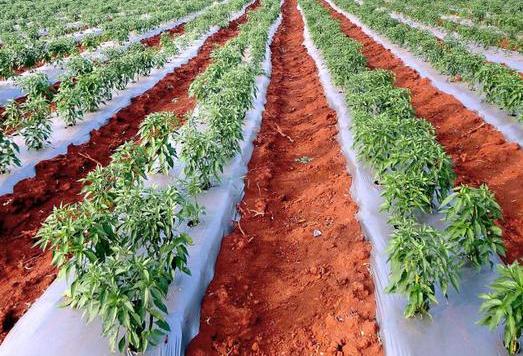
Introduction of Mulch- In most of the agricultural related cultivation or farming or plantation, mulch or mulching is the common word used and it is an important task that can be carried out for soil moisture. Let us discuss about what is mulch, types of material used in mulch and uses of mulch operation.
What is Mulch? Basically, “Mulch” is a protective layer of a material that is spread on top of the soil to control or modify the effects of local climatic conditions. This is an important operation to be carried out for better usage of water.
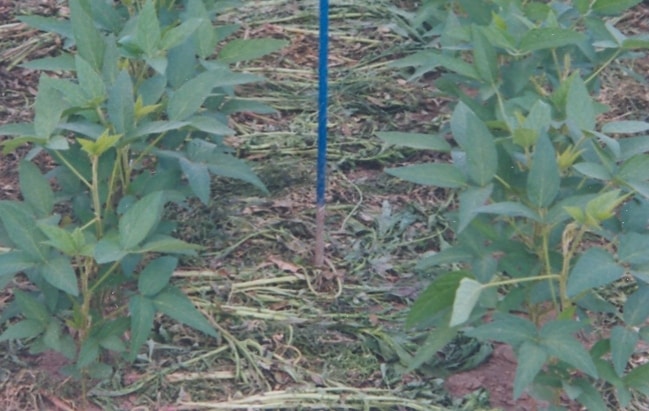
Purpose of Mulch:- Mulch is used for following purposes.
- Mulch helps retain the moisture content or water content by slowing evaporation process in the soil.
- Mulch adjusts the soil temperatures in winter and hot summer seasons.
- Mulch helps control the weeds by blocking the sunlight.
- Mulch is used to add organic matter & soil nutrients through the gradual breakdown of the mulch materials used.
- Some live mulching material help in nitrogen fixing in the soil.
- Mulch helps in controlling the soil erosion.
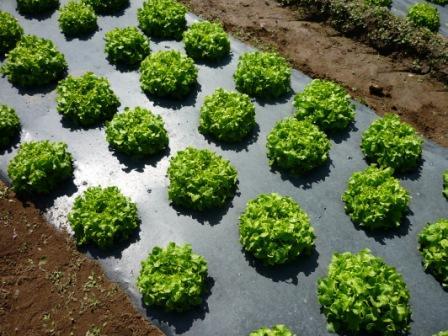
Materials Used in Mulch:- There are two types of mulch material used to control the water or moisture
- Dry-Mulch: The most common materials used in dry mulching are Hay, Leaves, Straw, Uprooted weeds, Shredded bark, Shells, Waste news papers, Sawdust and Wood chips. Most of these mulch materials act as a direct composting system.
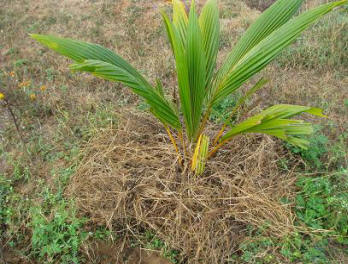
- Live-Mulch: Fast growing ground cover crop such as velvet beans that will suppress the weeds in the field and also help in nitrogen fixing in the soil.
Note: mulching sheets, poly mulching sheets and mulching films are also available in the market.
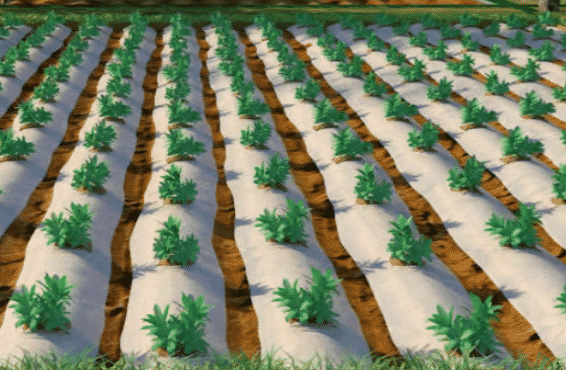
Grass/Straw/Uprooted weeds are the main adopted type of dry mulch. The mulch height should be about 2 to 4 inches to effectively retain the soil moisture content for good number of days. This is very useful in the areas with water problem. If you are using weeds as mulch material, care should be taken in case of weeds started growing at the mulch area due to moisture content.
If you are interested in Sheep or Goat Farming : Read Here.
After spending some time on your blog I thought I utilized my time in a correct way by reading the correct blog. Nice Information about Mulching Process.